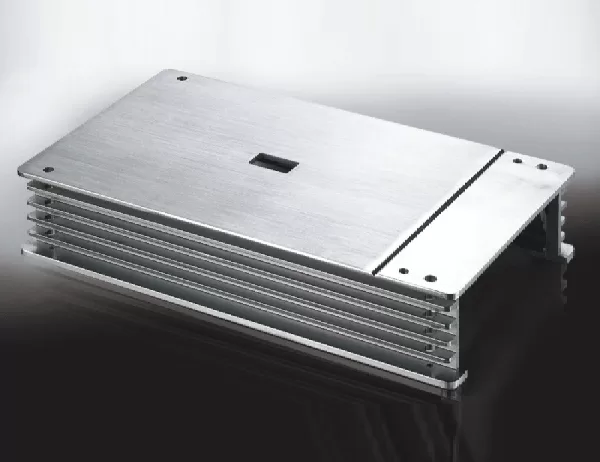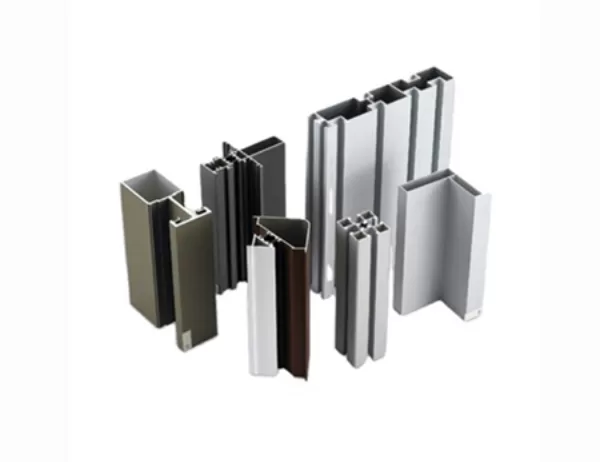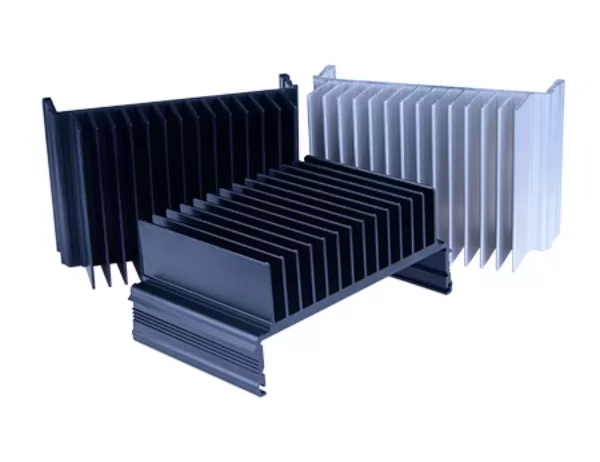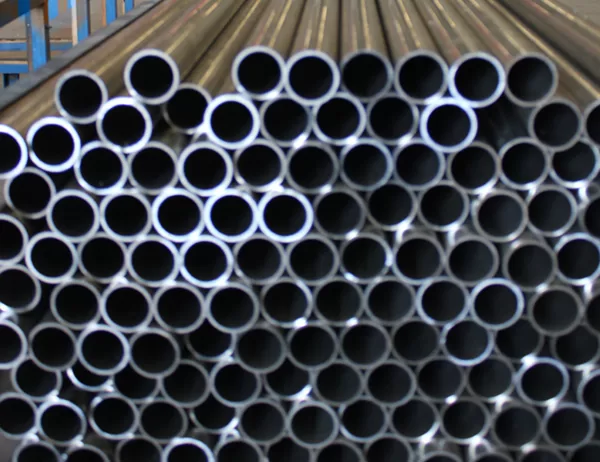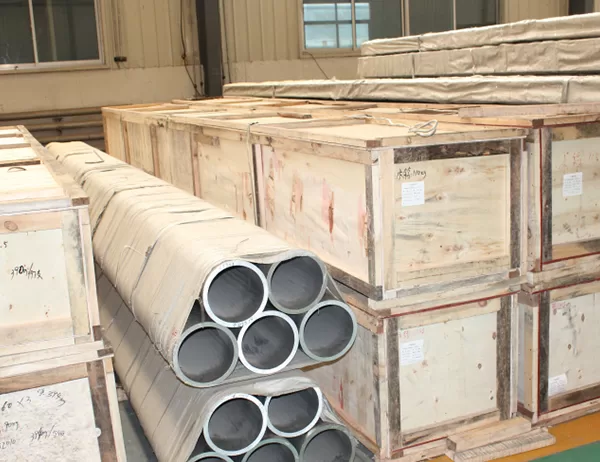Industrial aluminum profiles are highly versatile materials used in various applications, from construction and engineering to automation and transportation. Proper installation is crucial to ensure optimal performance and longevity of these profiles. This article presents best practices for installing industrial aluminum profiles to achieve successful outcomes.
1. Proper Preparation
Prior to installation, it is essential to thoroughly clean the surfaces of both the aluminum profiles and the mounting structure. Remove any dirt, grease, or other contaminants that may interfere with bonding. Use a mild solvent and clean cloths to ensure a clean and dry surface.
Next, measure and mark the locations where the profiles will be installed. Use a level and a measuring tape to ensure accurate placement and alignment. Pre-drilling holes at the marked locations will facilitate easier and more precise installation.
2. Choosing the Right Fasteners
The type of fasteners used will depend on the specific application and load requirements. Common fasteners for aluminum profiles include bolts, nuts, screws, and rivets. Choose fasteners that are made of corrosion-resistant materials such as stainless steel or anodized aluminum.
The size and strength of the fasteners should be appropriate for the load and the thickness of the profiles. Oversized or undersized fasteners can compromise the structural integrity of the installation.
3. Adhesive Bonding
In addition to mechanical fasteners, adhesives can be used to reinforce the bond between aluminum profiles and the mounting structure. Structural adhesives provide strong and durable connections, especially in applications where vibration or impact resistance is a concern.
When using adhesives, follow the manufacturer’s instructions carefully. Apply the adhesive evenly to both surfaces and allow it to cure as per the recommended time and conditions.
4. Alignment and Leveling
Ensure that the aluminum profiles are properly aligned and leveled before tightening the fasteners. Use a level or laser level to check for any deviations and adjust as necessary.
Tighten the fasteners gradually and evenly to avoid bending or distorting the profiles. Use a torque wrench to apply the appropriate torque for the specific fasteners and application.
5. Post-Installation Inspection
Once the installation is complete, inspect the connections and ensure that all fasteners are securely tightened. Check for any loose components, gaps, or misalignments that may compromise the integrity of the installation.
If any issues are discovered during the inspection, address them promptly and make any necessary adjustments or repairs.
By following these best practices, you can ensure the successful installation of industrial aluminum profiles, maximizing their performance and longevity while maintaining safety and reliability.
